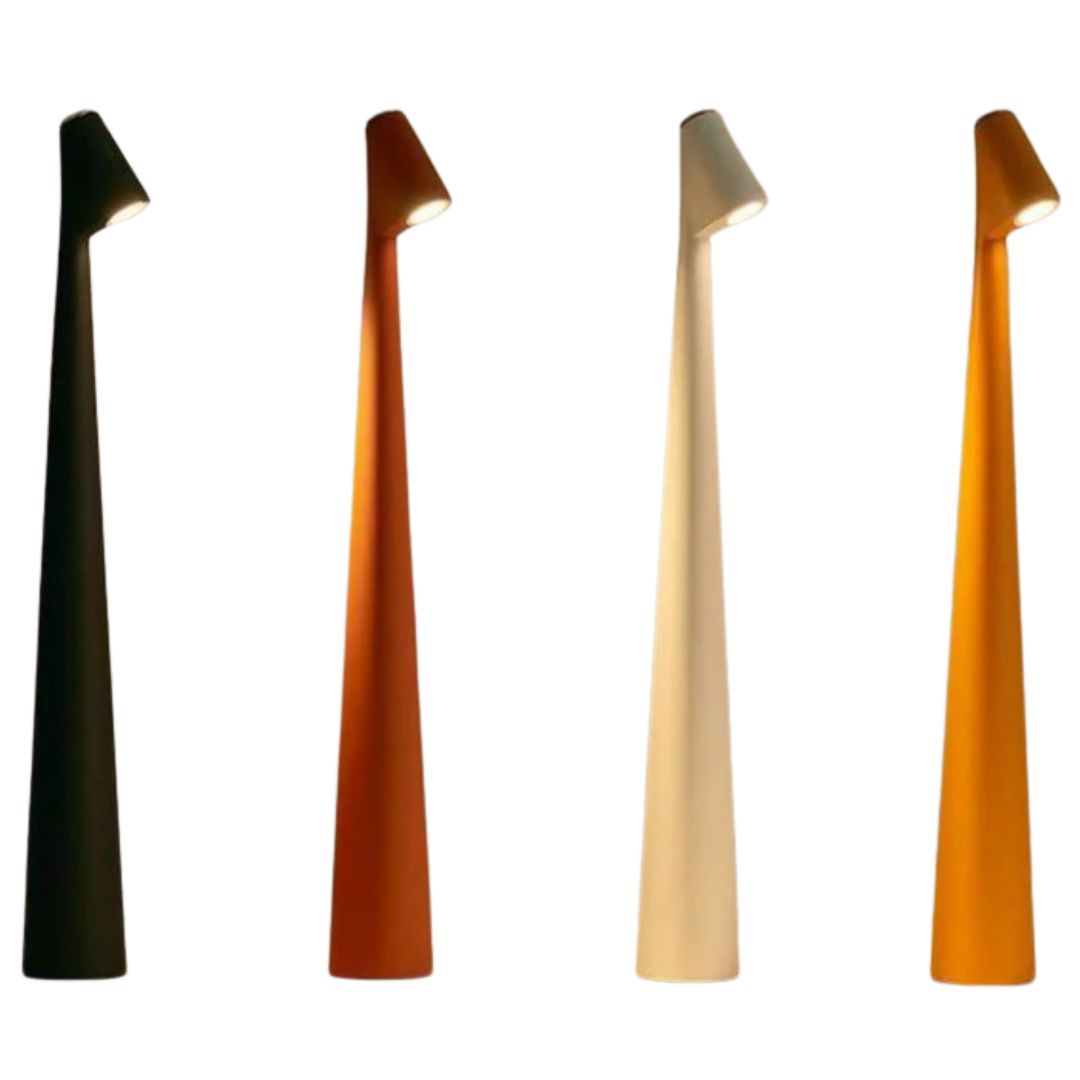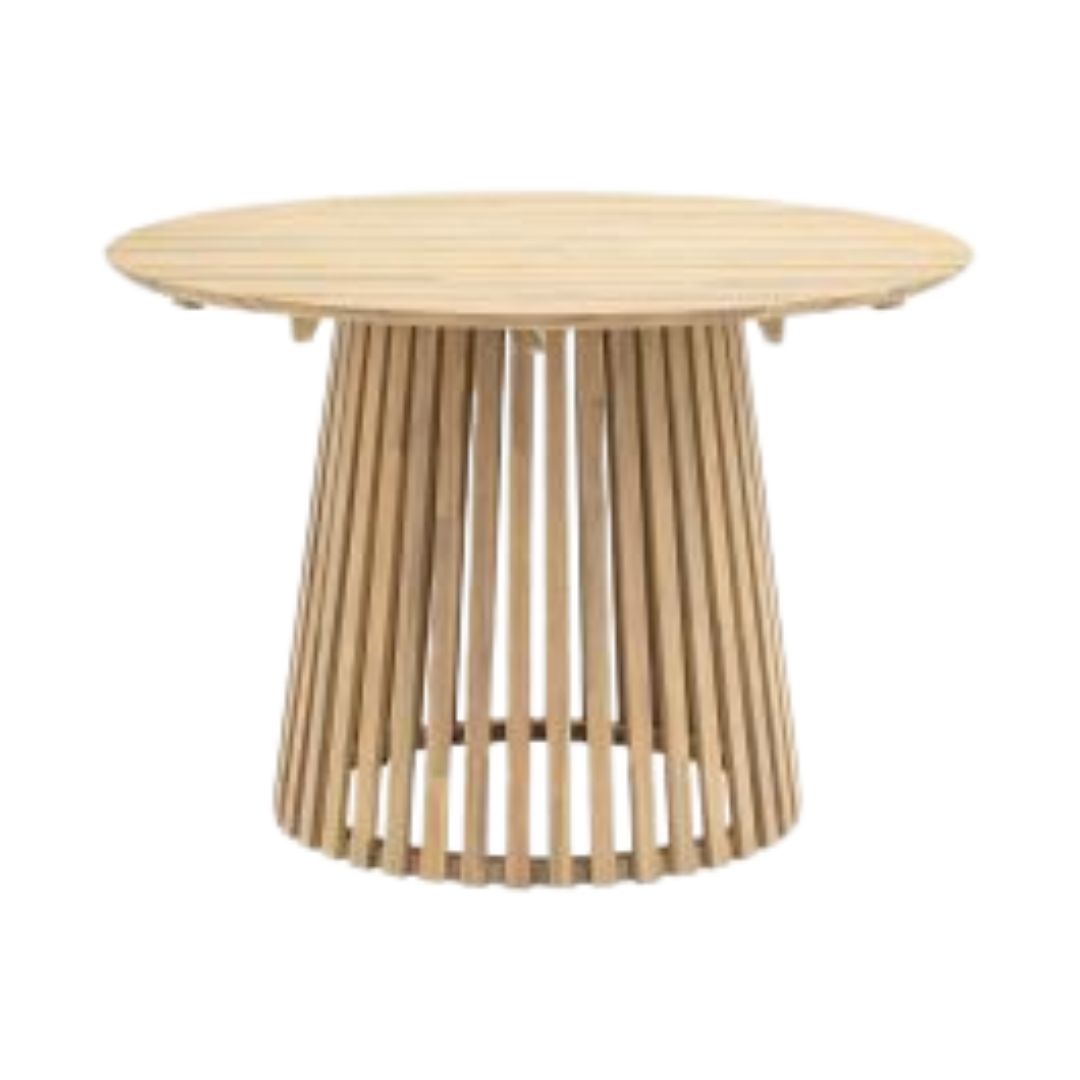Is My Patio Out of Proportion? How to Find the Perfect Balance of Paving and Planting in Your Garden
Expert advice on creating a size-appropriate patio space to enhance your garden and prevent it from looking soulless
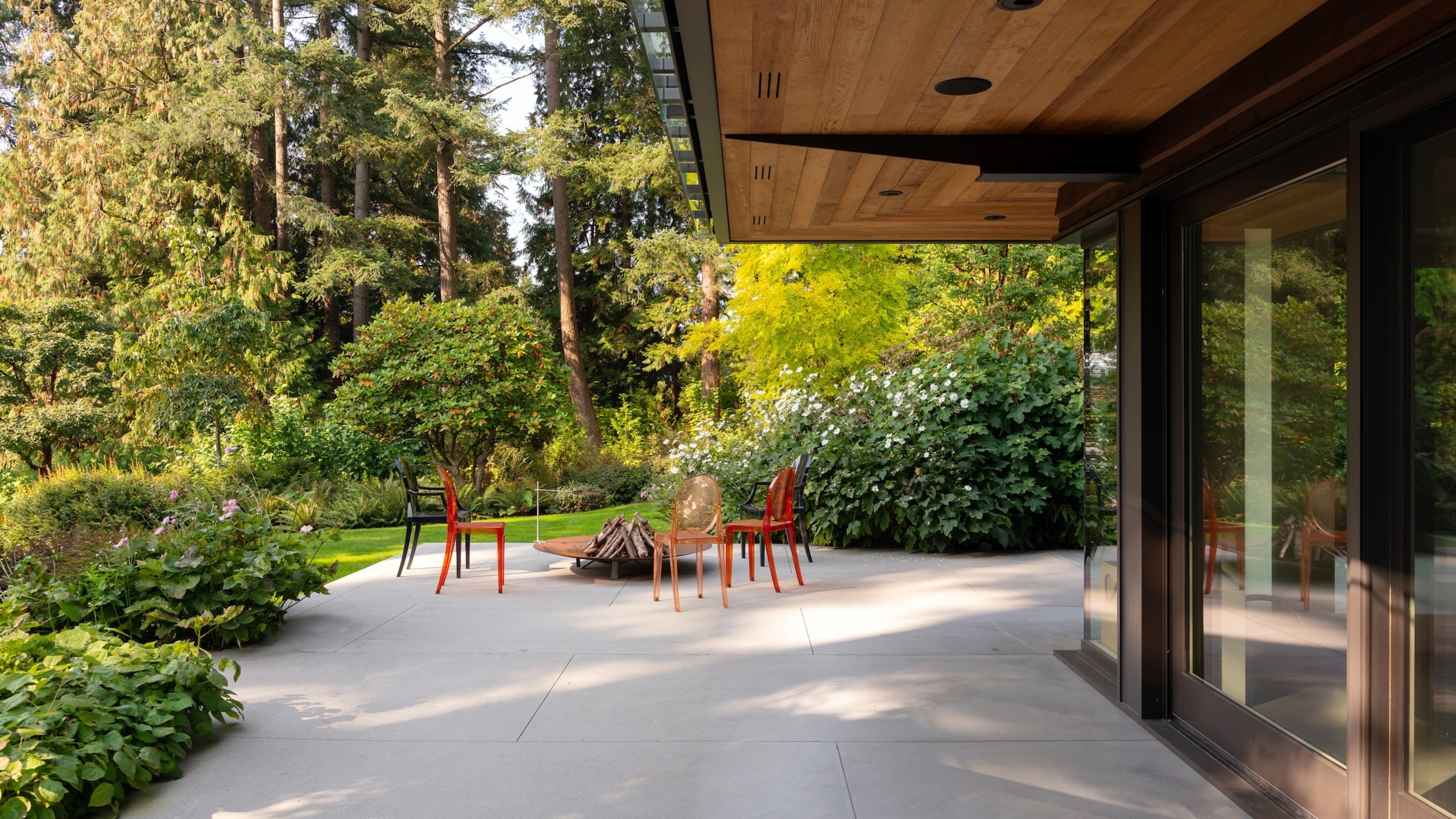
We've all seen them, those soulless backyards that are covered in slabs, devoid of greenery or nature — they're pretty uninspiring. So if you're wondering, is my patio out of proportion — or do you want to prevent it from being so, we've asked landscaping experts for their advice.
Good design can make your life better, and patio ideas are no exception. Done well, a patio can enhance your outdoor space and increase the time you spend enjoying your garden. But too much hardscaping is all too common, and the pitfalls are far-reaching.
Finding the best proportions for your patio is key to achieving a visually appealing design and blending with your garden, rather than dominating the space. Discover how landscapers and garden designers work out a suitable size and style for a patio, so you can too.
Why Is It Important for a Patio to be in Proportion?
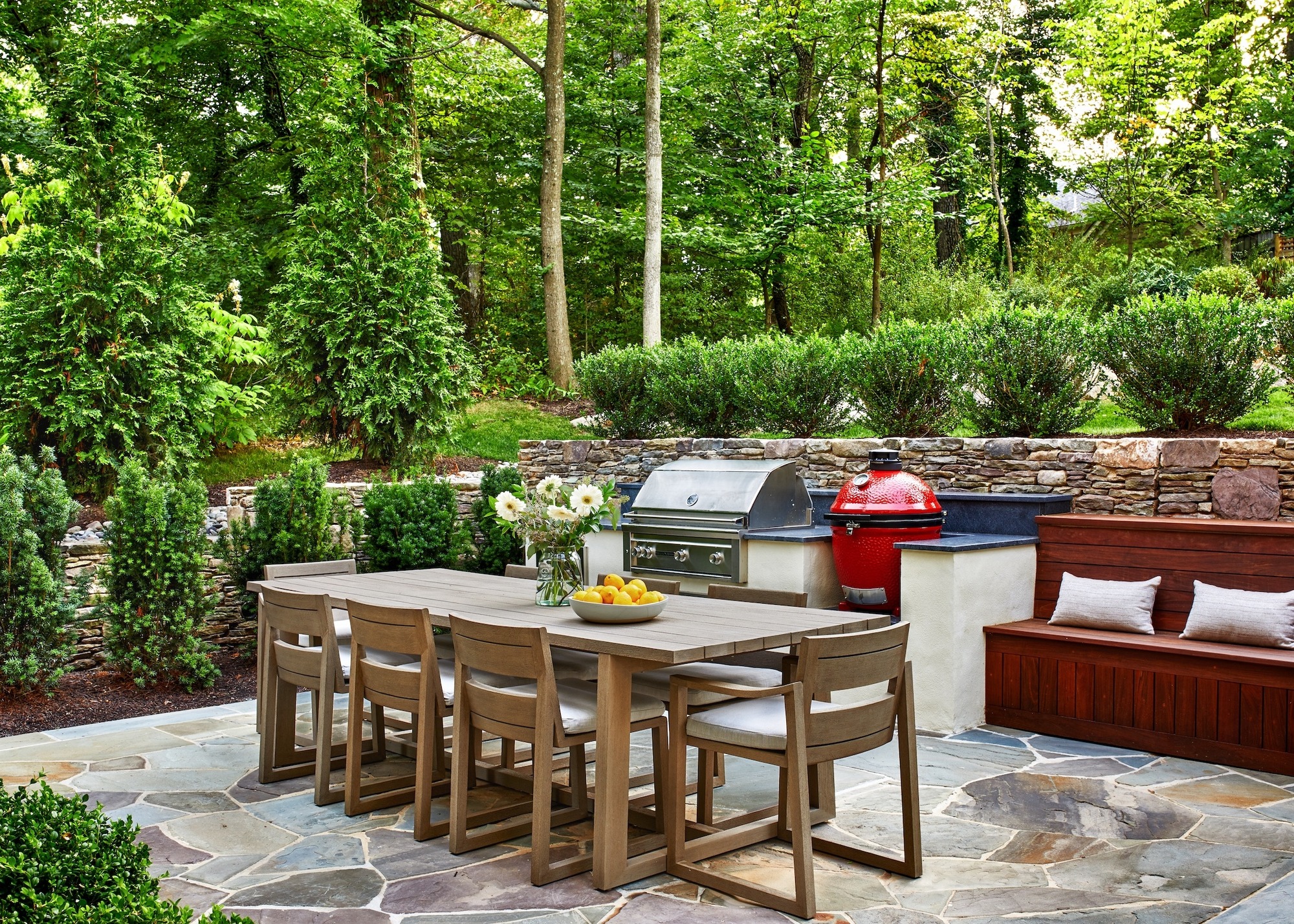
"A patio that dominates the landscape can make a space feel sterile, overly built, and uninviting, especially in a residential garden meant for a family," explains Adam Sexton, landscape designer, Richardson & Associates in Washington D.C. "Excessive paving also increases stormwater runoff, contributes to heat gain in summer, and reduces opportunities for biodiversity.
"It also limits space for planting buffers, habitat creation, and sensory experiences. For families, especially those with children, too much hard surface can feel stark or unsafe for play. A lack of greenery diminishes the seasonal interest and cooling effect that native planting provides."
London-based garden designer, Gina Taylor , founder, East London Garden Design, agrees, "When a patio is oversized or paving dominates the garden, the space can feel harsh, unwelcoming, and out of balance," she says. "You lose the softness, movement, and life that planting brings.
"Visually, too much hardscape can make even a generous space feel flat and static. Practically, it can cause drainage issues, increase heat retention (creating a ‘heat island’ effect). Plants bring essential texture, colour, and seasonal interest—they change through the year, and that variety is what makes a garden feel alive and inviting."
The Livingetc newsletters are your inside source for what’s shaping interiors now - and what’s next. Discover trend forecasts, smart style ideas, and curated shopping inspiration that brings design to life. Subscribe today and stay ahead of the curve.
It's a popular modern garden idea to do away with a lawn, but losing green space to a solid patio or paved area entirely is clearly not a good alternative. Not only is it unattractive and uninspiring, it can be uncomfortable too, without trees, plants, and grasses in the landscape to cool the air, absorb rainwater, and recycle oxygen. However, there are various interesting and attractive ways to keep a patio in proportion.

Adam is a landscape designer, creative thinker, and garden enthusiast. He joined Richardson&Associates in 2020 and is passionate about residential landscapes and ecological restoration. Adam earned his bachelor’s degree in Landscape Architecture from Virginia Tech in 2010 and has over a decade of design detailing and construction implementation for projects that range from public parks, campuses, international urban planning, and estate master planning.
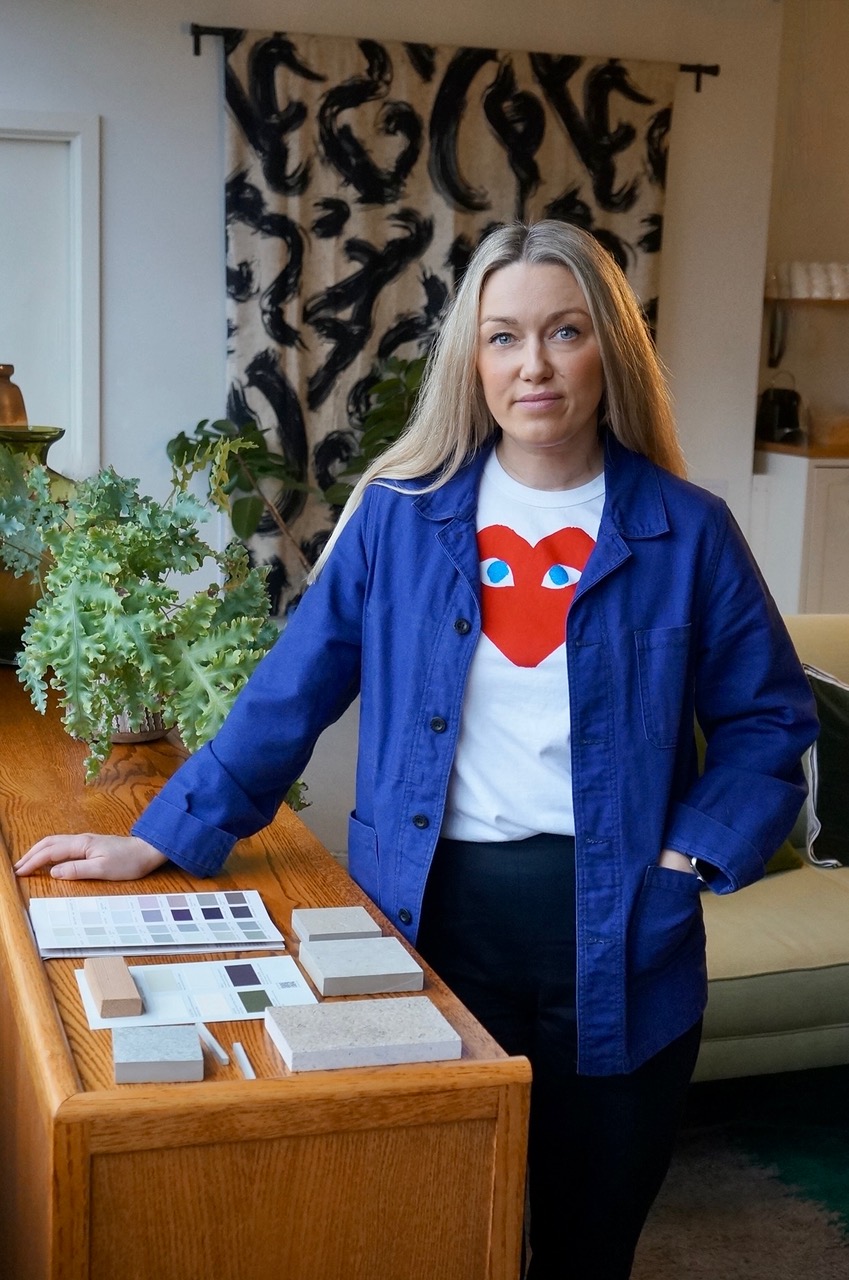
Gina Taylor is the founder and lead designer of East London Garden Design, a studio specialising in contemporary urban gardens, courtyards, and rooftops. Based in East London, Gina is passionate about creating outdoor spaces that feel like a true extension of the home — places that are welcoming, personal, and connected to their surroundings.
What Is the Best Way to Work Out Patio Proportions?
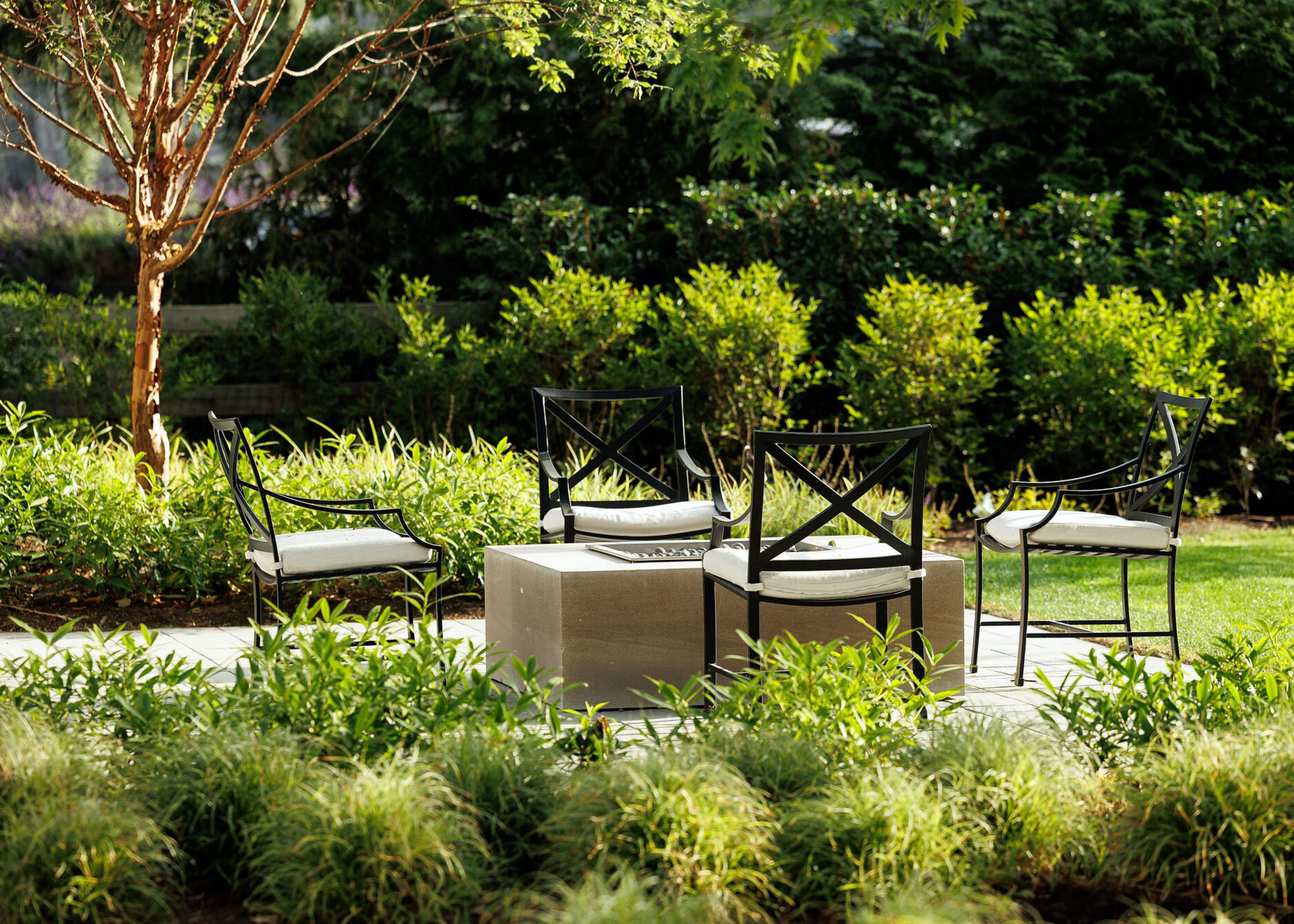
Ensuring a patio is proportionate to the size of the garden will enhance the aesthetics and create balance. It is likely to have a subtle impact on your mood and wellbeing too. Numerous scientific studies have shown that access to trees, plants, and natural green space reduces stress. So what's the best way to gauge what size a patio should be?
"Start by mapping how the space will be used," advises Adam. "Allow enough room for practical activities like dining or lounging, but scale it so it balances with the surrounding landscape. A good rule of thumb is to keep the patio under 30-40% of the total yard area.
For example, Adam says, "in a medium-sized urban garden, a 12'x14' patio may suffice for a dining table and circulation. Anything significantly larger may start to feel like it's overpowering, unless it’s broken up with planting pockets or vertical elements.
"Even without a lawn, a patio garden can feel lush by layering in native perennials, grasses, and small shrubs in borders and raised beds. Use planters, vine-covered trellises, and even rain gardens to soften edges and bring a sense of life and rhythm to the space."
Landscape designer, Paul Sangha, founder, Paul Sangha Creative, adds, "Proportion is key to a timeless design. Rather than thinking of a patio as an isolated element, we approach it as part of a larger composition—considering views, circulation, and how spaces unfold from indoors to out."
Paul continues, "A well-sized patio feels generous enough to accommodate the intended functions (dining, lounging, entertaining) but still allows planting to frame and soften the space.
"You may also consider breaking up the patios to create smaller, more intimate spaces within the garden, inspired by an Arts and Crafts approach to garden design by forming garden rooms with unique experiences tailored to their use. Using permeable paving or mixed materials (stone, gravel, wood) also creates a more nuanced, layered surface."

Paul Sangha is founder of Paul Sangha Creative, an internationally recognized landscape architectural studio located in Vancouver, BC. With over 35-years of experience, Paul has earned a reputation for delivering the utmost quality in design, attention to detail and exceptional service. Paul's work has received recognition from numerous international design authorities, including the American & Canadian Society of Landscape Architects.
What If I Have a Small Garden Without a Lawn?

In a large garden it is easier to allocate a proportional amount of space to outdoor living, while leaving sufficient room for planting but what if you have a small urban garden? The footprint may not allow for a generous lawn beyond a lounge area. So how can you prevent the hardscape from dominating? Gina Taylor offers some simple solutions.
"While there’s no one-size-fits-all rule, a general guideline is no more than 40% hardscaping in most garden spaces," says Gina. "That allows for usable outdoor living areas without sacrificing the beauty and benefits of planting.
"The key is to plan around real usage. For example, a dining table for six needs around 3 x 3 metres to feel comfortable—but anything beyond that should be earned. In smaller gardens, it’s better to frame a seating or dining area with planting than to expand the paving unnecessarily. Define what you need the patio to do, and let the rest of the garden breathe."
However, Gina also emphasises that more important than strict ratios is the integration of the two. "Think of planting as the connector — spilling over edges, softening corners, climbing over pergolas or trellises," she says. "Use broken-plan paving, gravel paths, or inset planting pockets to let greenery infiltrate the hardscape. Even small design moves, like using planters at different heights or integrating green roofs on garden structures, can shift the balance toward a more natural feel.
"Even if you’re doing away with a traditional lawn, a patio garden doesn’t need to feel sterile," she continues. "My projects often use dense, layered planting—think border beds, oversized pots, vertical climbers, and even trees—to wrap greenery around the patio. The result can be just as lush and immersive as a lawned garden, with the added benefit of being lower maintenance and more tailored to outdoor living."
"Although many people are moving away from traditional lawns, a patio garden can still be lush," agrees Paul. "This is achieved by integrating layered planting—trees for canopy, shrubs and perennials for structure, and groundcovers or green pockets that blur the edges of paving.
"Vertical elements like trellises or green walls also bring life and intimacy. The key is ensuring there’s a dialogue between hard and soft, so the garden feels verdant and grounded."
What Can I Do If My Patio Looks Too Big?
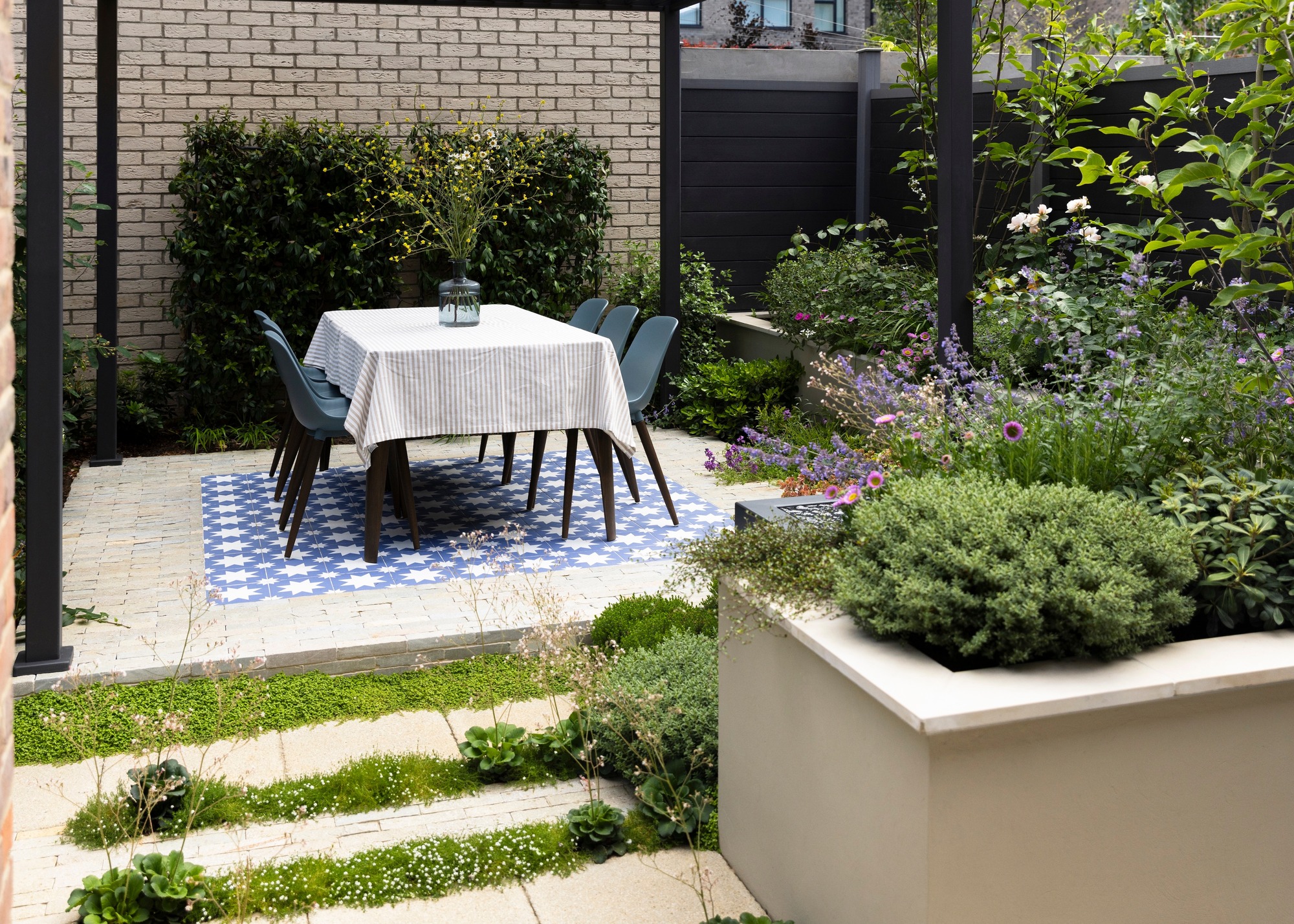
If your patio has already been laid or you have moved into a home with an excess of hardscaping materials in the garden, there are ways to soften the space, without resorting to removing it entirely.
"If your patio feels too dominant, you can take several steps to rebalance it," says Gina. "Adding raised beds or large planters instantly brings height and green structure, especially when filled with a mix of evergreen and seasonal planting. Introducing freestanding screens or trellises with climbers helps green up vertical space and visually ‘shrink’ the patio.
"Another approach is to visually break up the hardscape—using outdoor rugs, different surface materials, or clustered furniture arrangements to create distinct zones. Retrofitting planting into paving—by removing a few slabs to insert pockets of herbs or groundcover—can work wonders. Even something as simple as planting between paving joints with low-growing thyme, camomile, or creeping sedum can start to reintroduce that green softness."
"Reclaiming edges for borders or beds to create a softer transition can help to balance the proportions of a too-large patio," adds Paul. "Adding vertical greenery like espaliered trees or climbers will reduce the sense of scale too."
"You can also define outdoor rooms using pergolas, screens, or low hedges," says Adam. "This makes a large patio feel purposeful rather than excessive."
Beautiful Patio Pieces
Whether you have inherited an existing patio or are about to lay a new one, the ideas outlined above will help you to ensure it is in proportion to the rest of your outside space. Allowing sufficient space for trees, bushes, shrubs and other plants will help to keep your yard cooler and more comfortable in summer, increase drainage and prevent flooding when it rains and ensure year-round interest and color.
"Without the softness of planting, a garden risks losing its sensory richness," says Paul. "It's the movement of grasses, the dappled light through trees, and the fragrance of blooms that make an outdoor space feel alive."
Jacky Parker is a freelance lifestyle journalist and writer, producing a wide range of features for magazines and digital platforms. She has written for Livingetc and its sister titles, Homes & Gardens and Country Homes & Interiors for more than 15 years, both as a freelance contributor and as Acting Digital Editor and Acting Style Content Editor, regularly reporting on the latest interiors, gardens and wellness inspiration, speaking to experts in their respective fields, and discovering the best tips.
Jacky has also written for other publications, including Sunday Times Style, The Telegraph, Architectural Digest, House Beautiful, ELLE Decoration, Red, Grand Designs and more.

